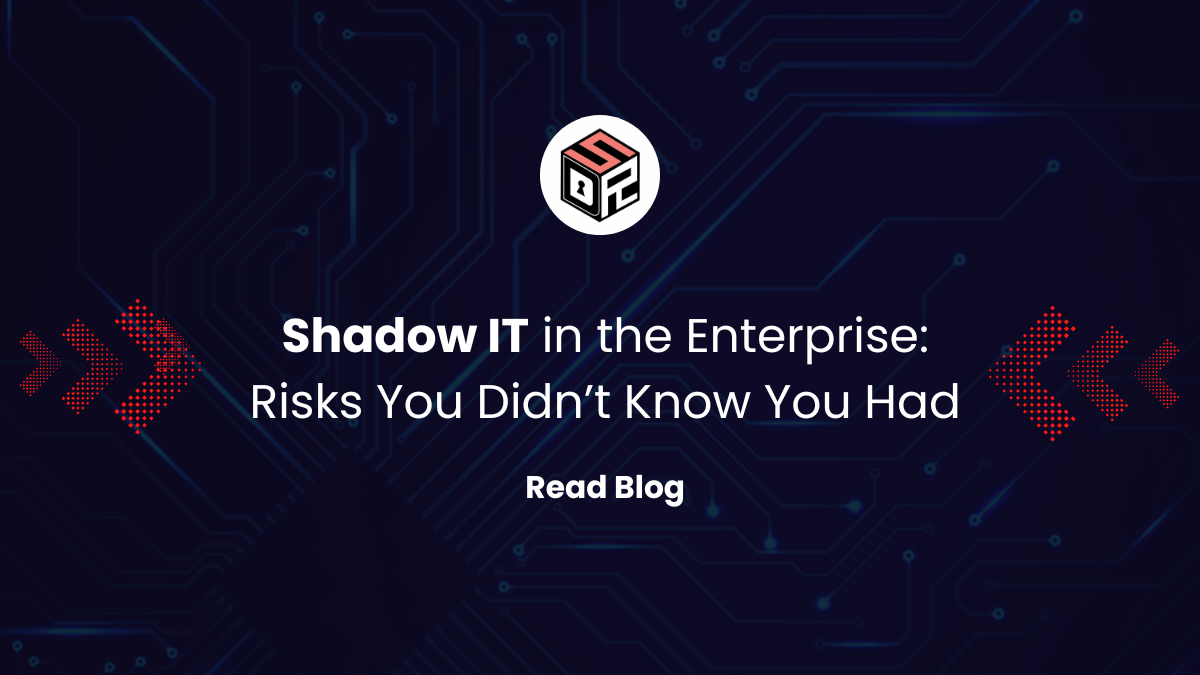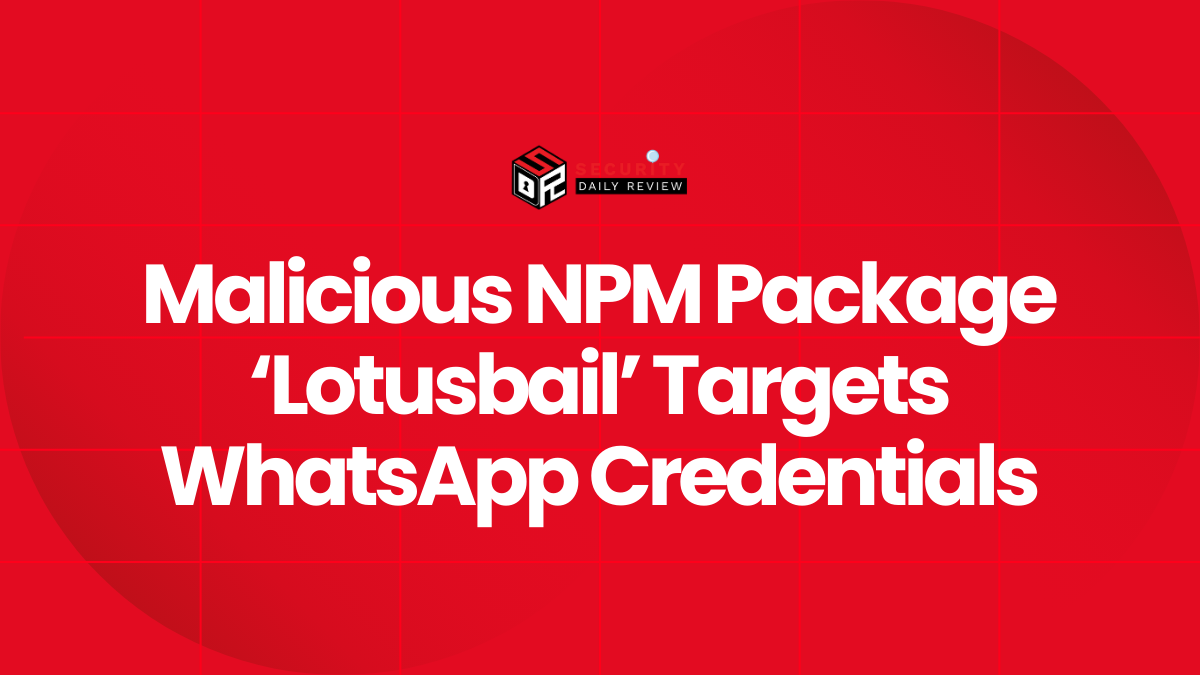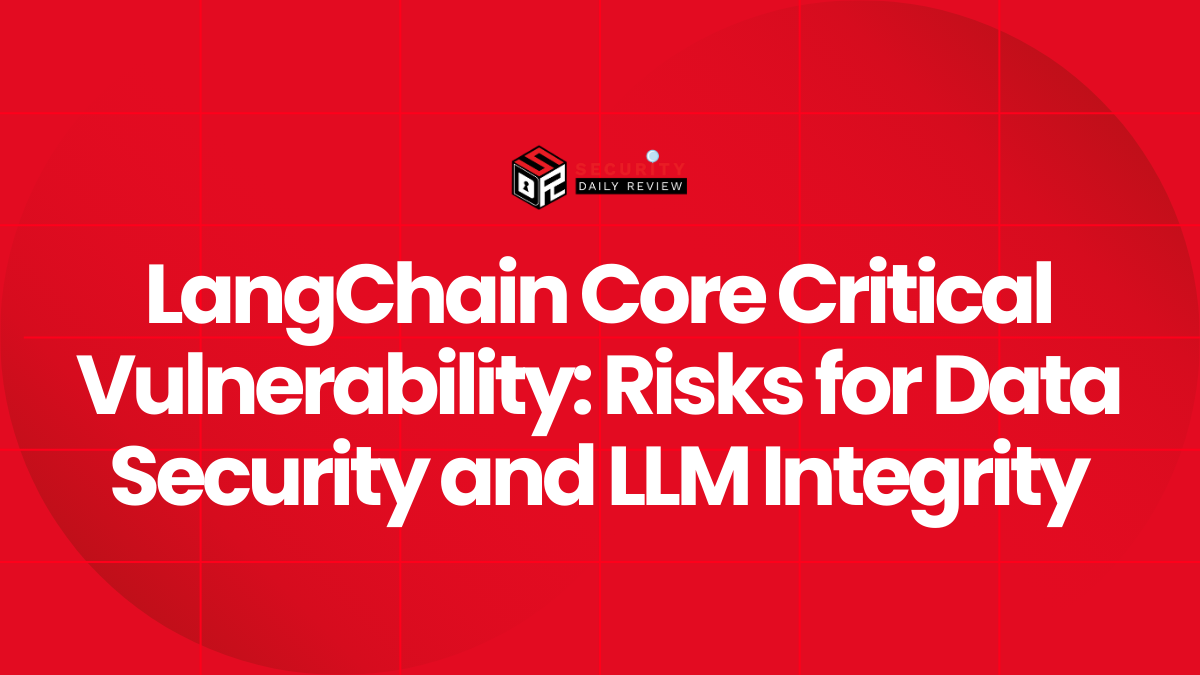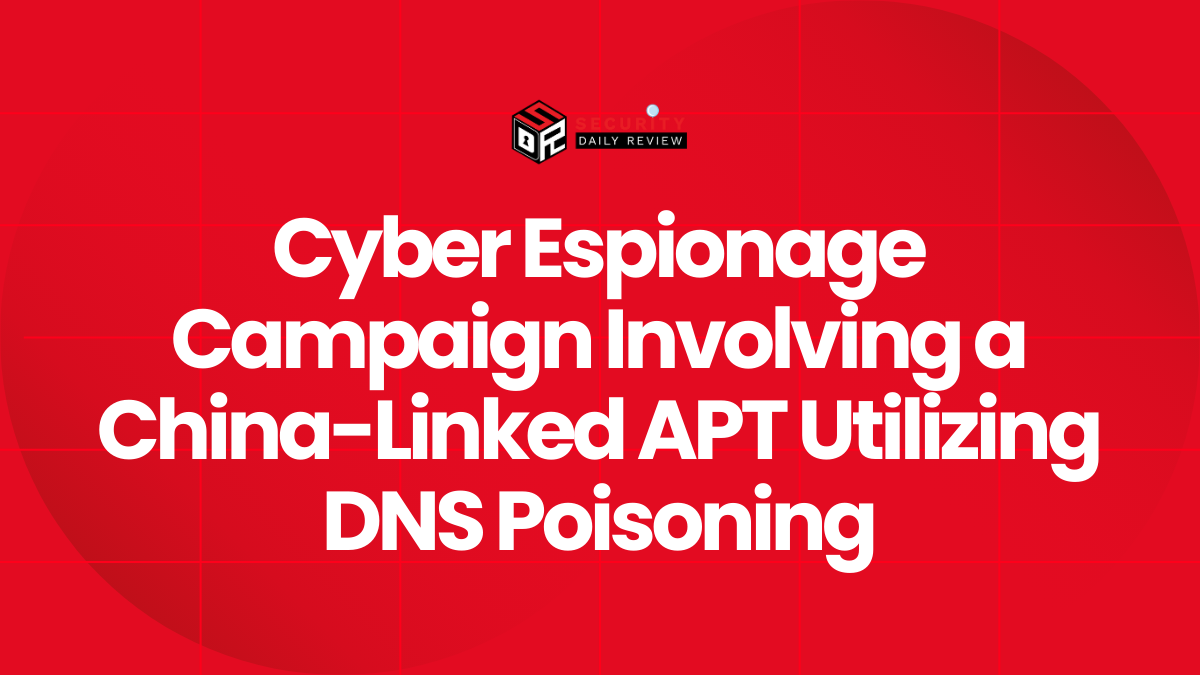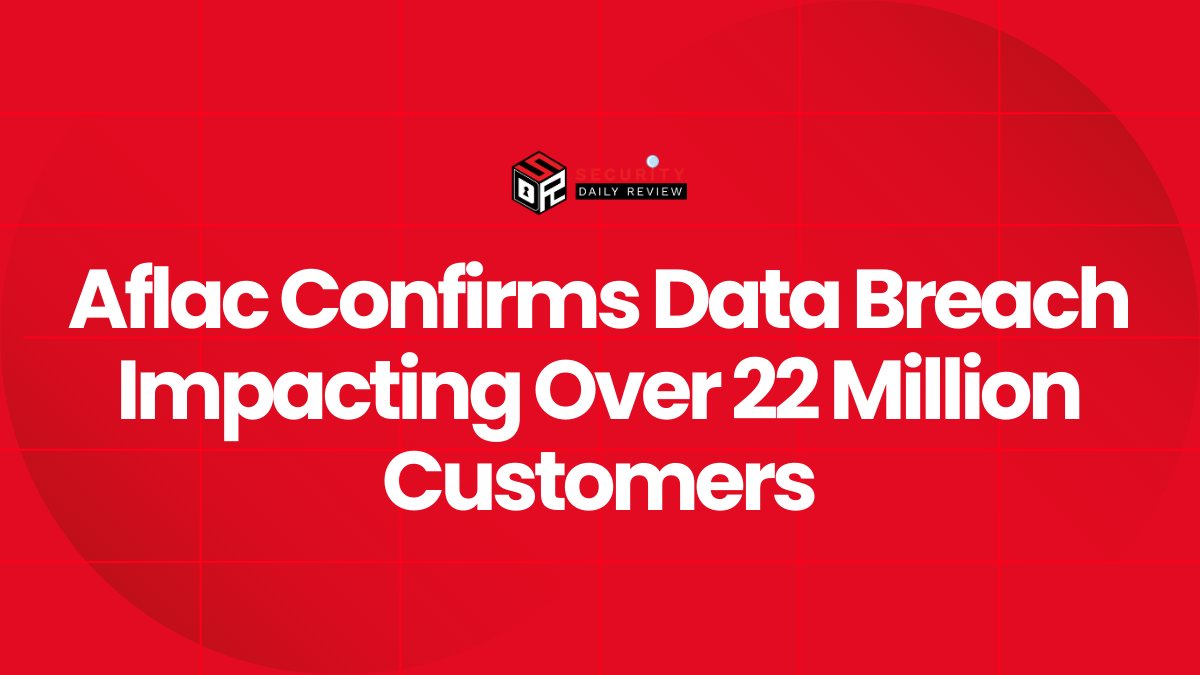IT leaders are facing an invisible yet rapidly growing cybersecurity risk: Shadow IT. These are unauthorized SaaS applications, cloud platforms, or personal devices that employees use without approval from the IT department. While often adopted with good intentions, Shadow IT creates serious SaaS security risks, compliance gaps, and weak points in enterprise security architecture.
According to Gartner, 30–40% of IT spending in large enterprises now happens outside the official IT budget, often through shadow applications and services. That means a large chunk of your organization’s digital activity might be completely invisible to your security teams.
What Exactly is Shadow IT?
Shadow IT refers to any IT system, software, or service used inside an organization without explicit IT department approval. It typically includes:
- Unapproved SaaS platforms (e.g., productivity or file-sharing apps)
- Unsecured cloud storage accounts (e.g., personal Google Drive or Dropbox)
- Messaging or project management tools like Slack, Trello, or WhatsApp
- Personal devices accessing corporate resources (BYOD) without IT vetting
The adoption of these tools is often driven by productivity needs or convenience. However, when unmanaged SaaS applications bypass governance protocols, they create serious digital risk protection challenges.
Why Shadow IT is a Serious Security Risk
Shadow IT isn’t just a visibility issue—it’s a full-blown attack surface. Here’s why:
1. Data Exposure and Compliance Violations
Unapproved tools can store or transmit sensitive data without encryption, DLP controls, or access management, violating internal security policies or regulations like GDPR, HIPAA, or ISO 27001. You may be held liable—even if the breach didn’t originate from your sanctioned infrastructure.
2. Lack of Visibility for Security Teams
Your SOC can’t protect what it doesn’t see. These hidden assets don’t get logged or monitored, meaning attackers can move laterally or exfiltrate data undetected.
3. Exploitable Configurations and Weak Authentication
Most Shadow IT tools lack enforced multi-factor authentication (MFA) or centralized password policies. If one of these gets phished, compromised, or misconfigured, it can become a backdoor into your corporate network.
4. Supply Chain & Vendor Risk
Some unsanctioned SaaS tools may rely on vulnerable third-party libraries, or store data in geographies with weaker privacy protections. That adds another layer of risk when it comes to vendor security and data sovereignty.
Common Entry Points for Shadow IT
Shadow IT often emerges where security controls are weakest or where official tools fall short:
- Remote workers using personal devices
- Marketing and sales teams signing up for email tools or CRM add-ons
- Engineering departments using public repositories or test servers
- Executives who bypass approval to “get things done faster”
The shift to hybrid work and the explosion of SaaS-based microservices have only accelerated this trend.
How to Detect Shadow IT in Your Environment
Proactively identifying Shadow IT requires visibility, behavioral analytics, and automated tools. Here’s how:
1. Deploy CASB (Cloud Access Security Brokers)
A CASB solution sits between users and cloud services to detect unauthorized SaaS usage. It provides visibility into cloud traffic and can block risky apps in real-time.
2. Analyze Network Logs and DNS Requests
Shadow IT often reveals itself through unusual outbound traffic or DNS queries to SaaS domains. Integrate this data with your SIEM for proactive alerting.
3. Use AI-Driven SaaS Discovery Tools
AI-powered tools like Microsoft Defender for Cloud Apps, Palo Alto Prisma SaaS, or Netskope automatically discover and classify unmanaged SaaS apps, helping security teams quantify and control the risk.
4. Educate Employees and Build Awareness
Non-malicious intent is often behind Shadow IT. Running training campaigns about the dangers and approved alternatives can reduce adoption of unauthorized tools.
Balancing Innovation and Security
Shadow IT isn’t just a security problem—it’s a business signal. If users are seeking outside tools, it may mean your internal platforms lack usability or efficiency. Consider adopting a “sanctioned SaaS marketplace” approach—pre-approved tools vetted by IT that employees can choose from.
Encourage feedback and build IT-business alignment, so innovation doesn’t have to come at the cost of security.
Recommended Tools for Shadow IT Detection
Here are some enterprise-grade tools to bring visibility and control:
| Tool | Purpose | Notes |
|---|---|---|
| Netskope | SaaS security posture management | Advanced threat protection & app discovery |
| Microsoft Defender for Cloud Apps | Shadow IT discovery | Ideal for Microsoft 365 environments |
| Zscaler | Cloud-based internet access control | Blocks risky apps at the network level |
| Bitglass | CASB + DLP | Covers unmanaged device access |
Shadow IT Is an Attack Vector You Can’t Ignore
Whether it’s an employee syncing sensitive files to their personal Dropbox or using unapproved AI tools to handle customer data, Shadow IT detection must become a core component of your cybersecurity strategy. With the right tools, governance, and education, organizations can turn shadow risks into secure productivity gains.
Conclusion
Ignoring Shadow IT is no longer an option. As SaaS adoption continues to skyrocket, enterprises must implement proactive detection, policy enforcement, and continuous monitoring to eliminate hidden threats before they become full-blown breaches.

